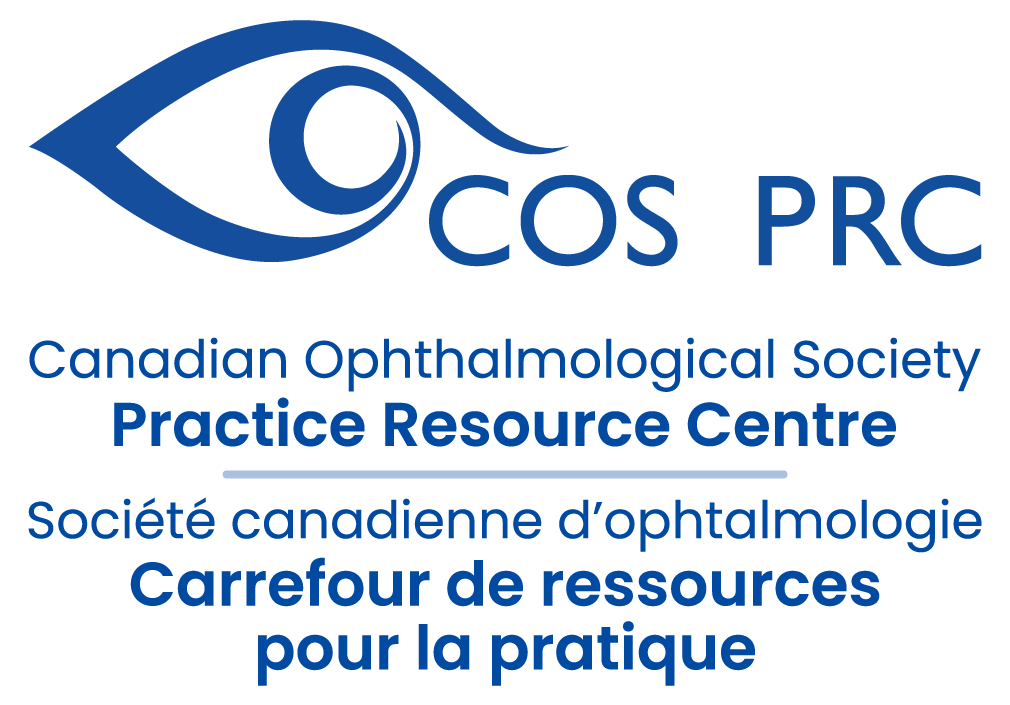Read the full article through the Canadian Journal of Ophthalmology website: Full Article
Authors
Rumaisa Aljied, BSc; Marie-Josée Aubin, MD, MSc, MPH; Ralf Buhrmann, MD, PhD; Ellen E. Freeman, PhD
Abstract
Objective
To determine the use of home care services in those with and without visual impairment in Canada.
Methods
Presenting visual acuity was measured using the Early Treatment of Diabetic Retinopathy Study chart at 2 meters. Visual impairment was defined as binocular acuity worse than 20/60. The use of formal, informal, and both types of home care was determined by questionnaire.
Results
For 29 666 participants, the use of any home care was greater in those with visual impairment than in those without (28% vs 12%, respectively, p < 0.01). After adjusting for demographics and health, people with visual impairment were more likely to use informal home care (odds ratio [OR] = 1.89, 95% CI 1.35–2.63) and formal home care/both types of home care (OR = 2.70, 95% CI 1.79–4.07) than those without visual impairment. Marital status was a modifier.
Conclusions
Visual impairment is associated with use of home care services. These findings warrant further exploration and, if confirmed, have major health service implications, given the rising prevalence of visual impairment due to age-related eye diseases.
Read the full article through the Canadian Journal of Ophthalmology website: Full Article



